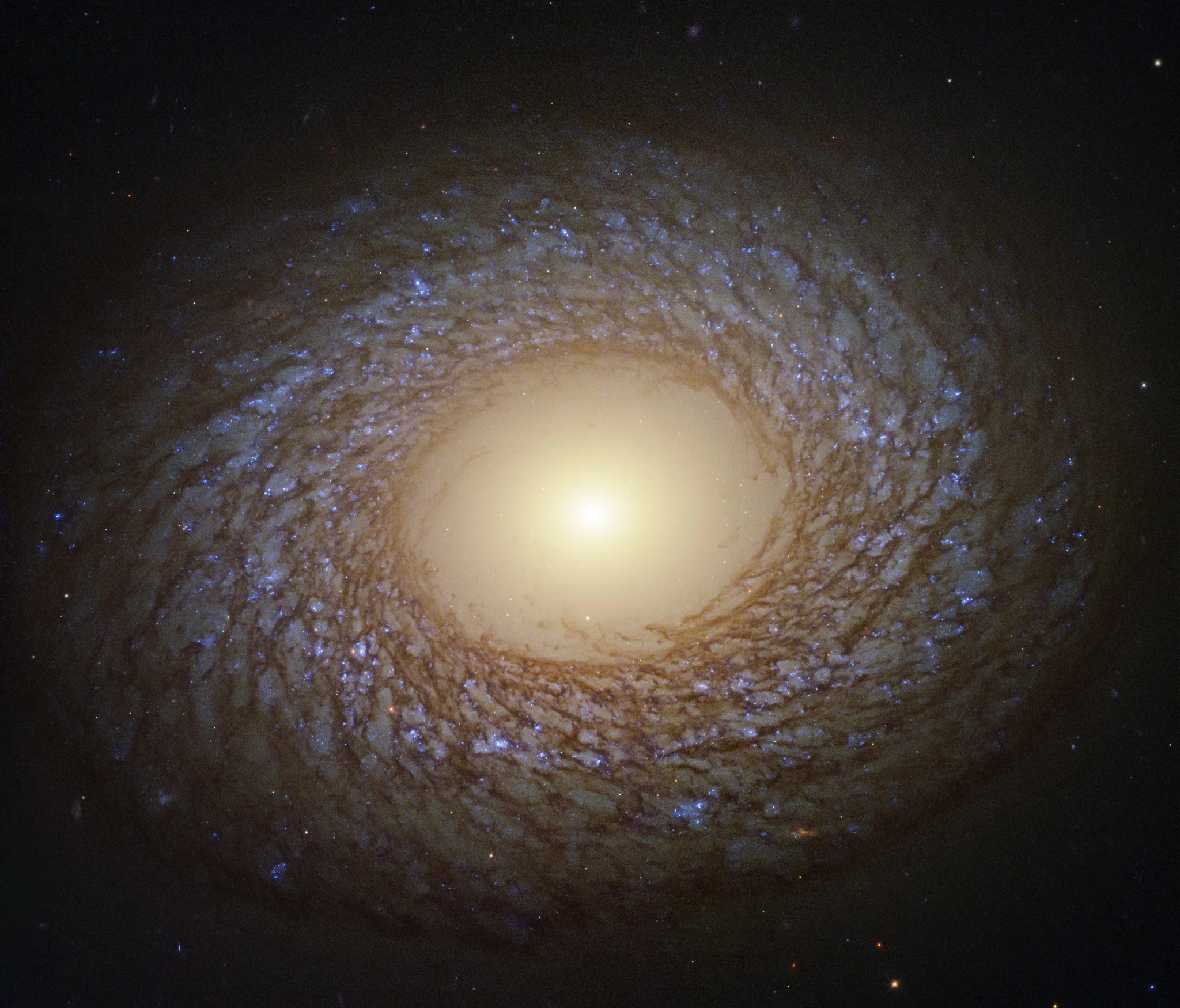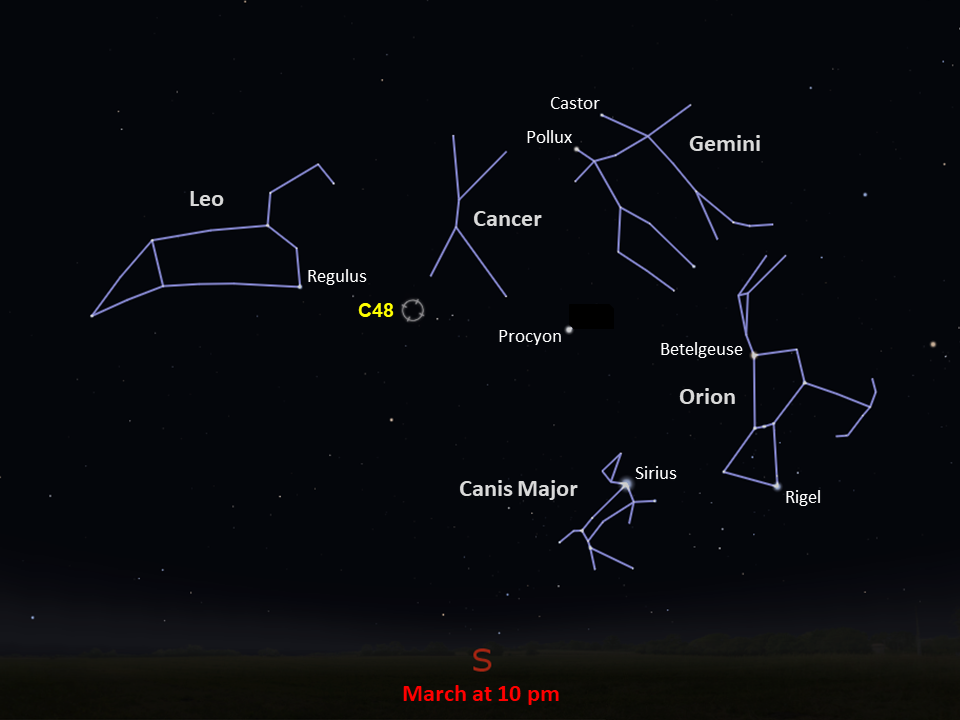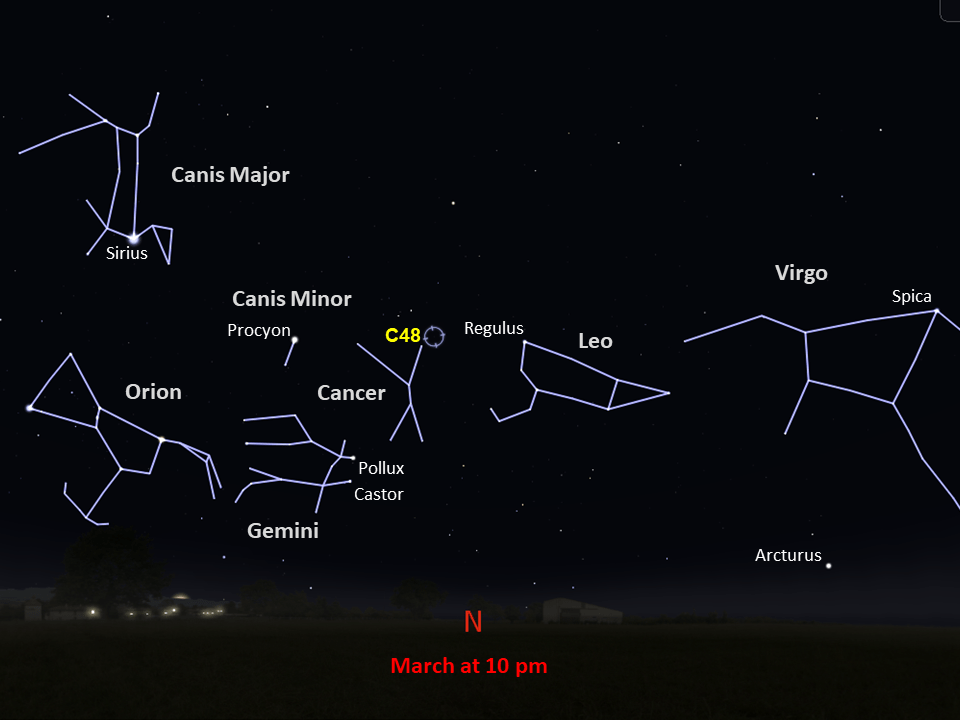Caldwell 48
Majestic Caldwell 48 offers a color contrast with its bright-yellow heart and sparkling young, hot, blue stars in its dusty spiral arms.
Distance
67 million light-years
Apparent Magnitude
11.0
constellation
Cancer
object type
Spiral Galaxy
Caldwell 48, also known as NGC 2775, is a spiral galaxy. This image of Caldwell 48 combines visible, infrared, and ultraviolet observations taken by Hubble’s Wide Field Camera 3 in 2019. It features the galaxy’s large, yellowish, central bulge filled with old stars, encircled by tightly wound spiral arms decorated by dark dust and clusters of young, blue stars. Astronomers used Hubble to study young stars in the galaxy’s spiral arms to better understand star formation there.
Caldwell 48 has an apparent magnitude of 11 and is located 67 million light-years away in the constellation Cancer. It was discovered by astronomer William Herschel in 1783 and is visible in clear, dark skies using a small telescope. Resolving its spiral arms, however, is incredibly difficult even with a large telescope. The best time of year to observe it is late winter in the Northern Hemisphere or late summer in the Southern Hemisphere.
For more information about Hubble’s observations of Caldwell 48, see:
Birds of a Feather
Glossary
Apparent Magnitude - The brightness of an astronomical object as seen from Earth, influenced by the object's distance from Earth, its absolute magnitude, and even gas and dust that lie between the object and Earth.
Galactic Bulge - A dense collection of stars at the center of a spiral galaxy, possibly hosting a supermassive black hole.
Spiral Galaxy - A galaxy characterized by its spiral structure, with star-filled arms that extend out from the center of the galaxy and host regions of star formation.
Explore Hubble's Caldwell Catalog
The following pages contain some of Hubble’s best images of Caldwell objects.
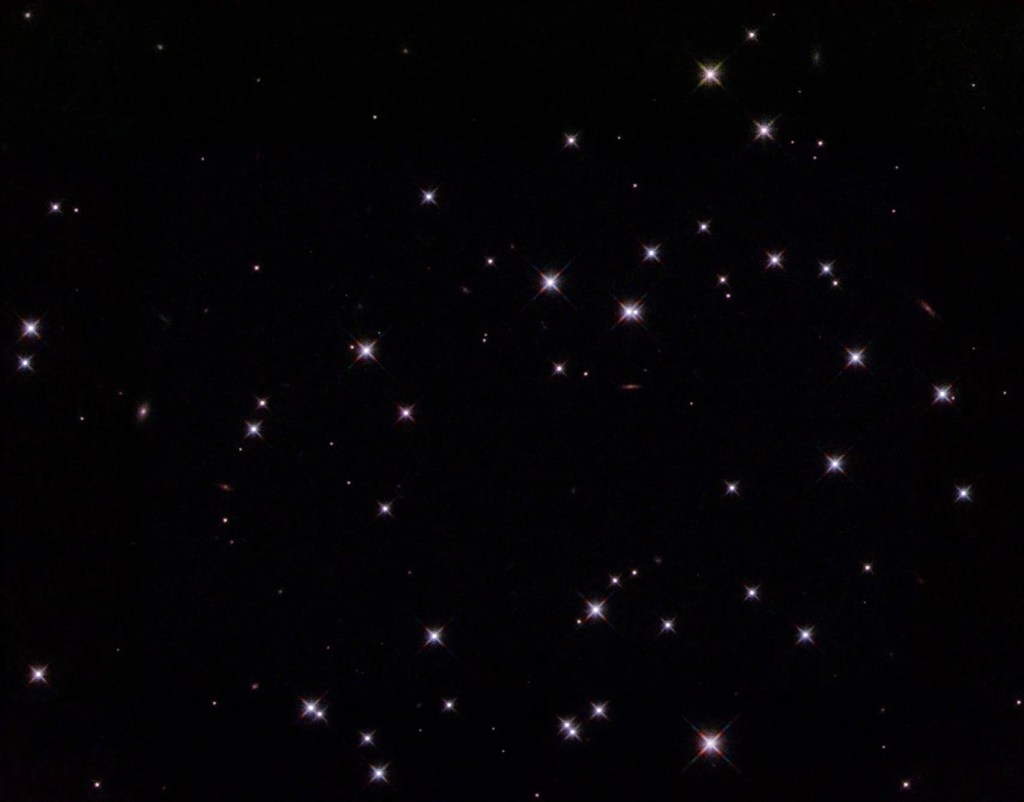
Also known as NGC 188, this group of stars formed from a large cloud of gas making the stars roughly…
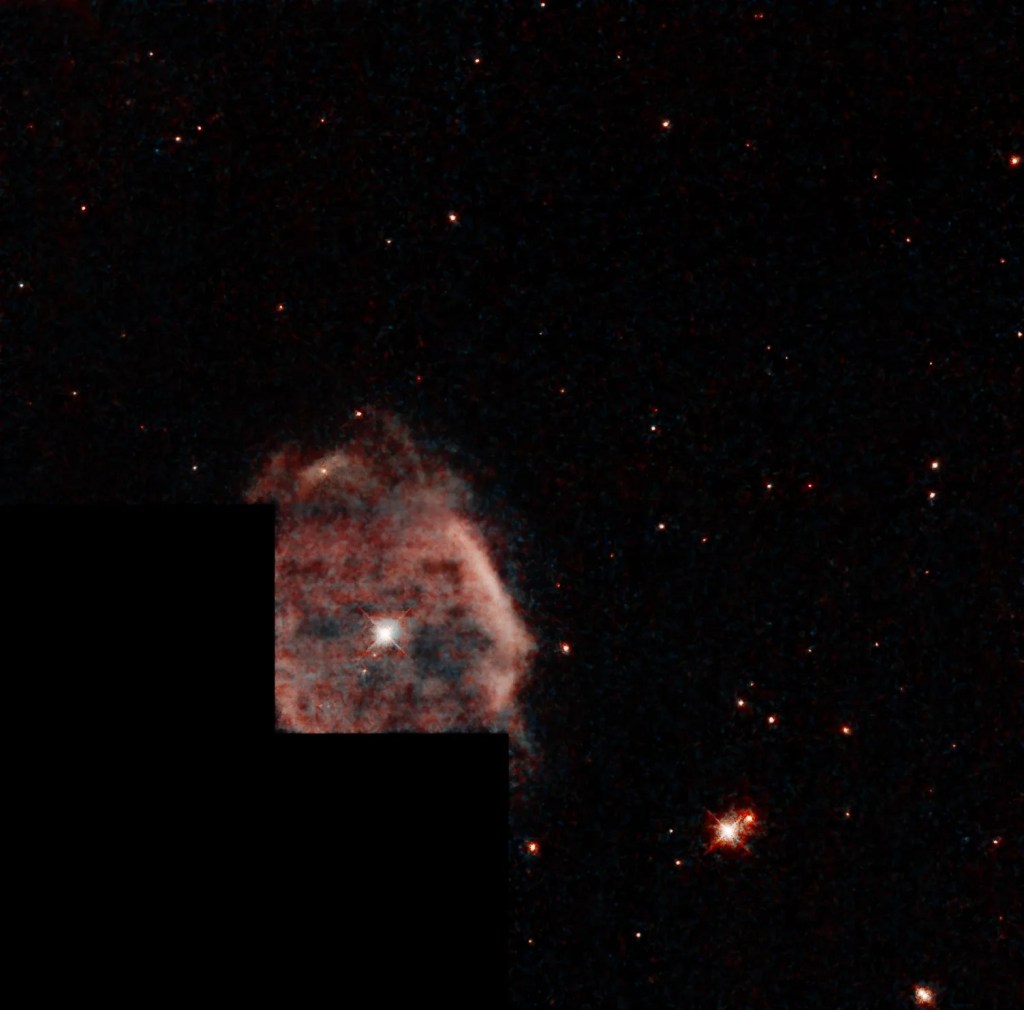
This shell of gas is expanding outward, away from the dying star within.
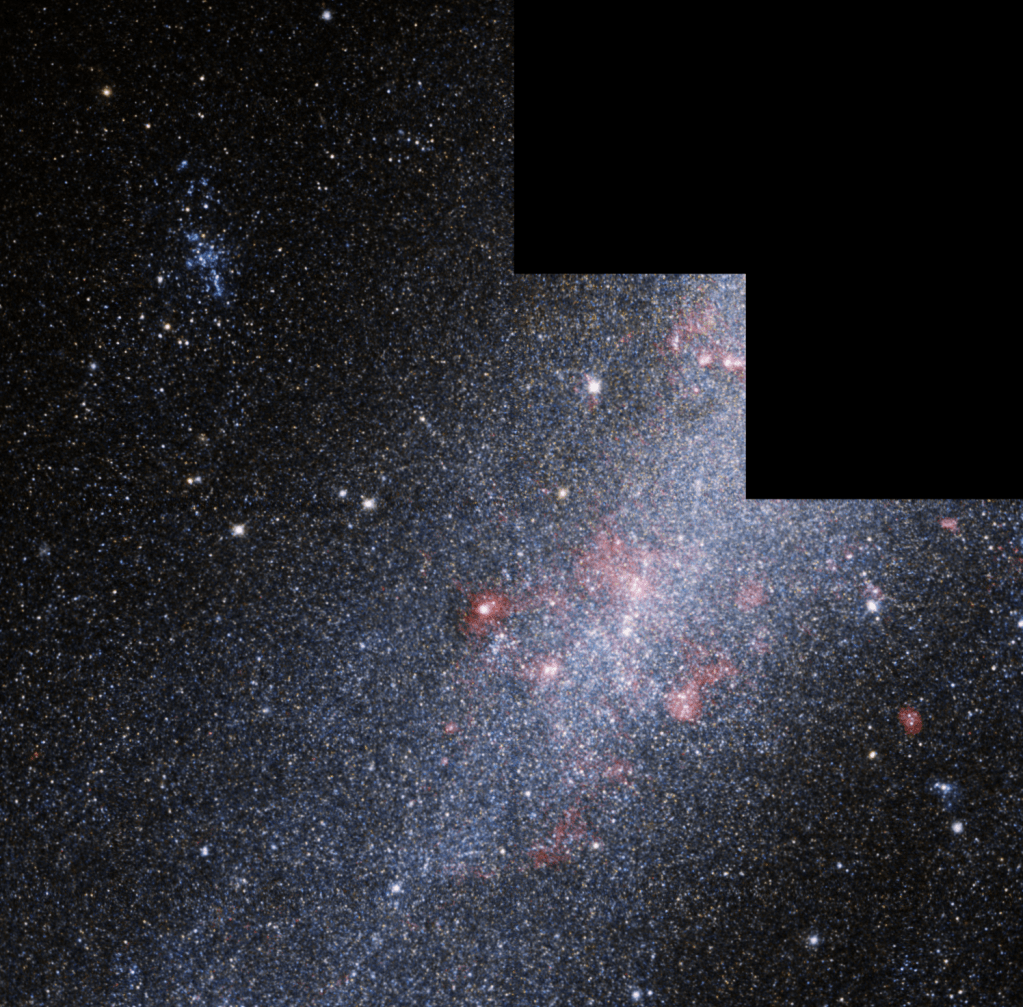
This barred spiral galaxy was first spotted by British astronomer William Herschel in April 1793 in the constellation Draco.



























